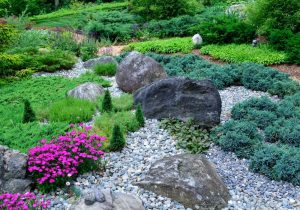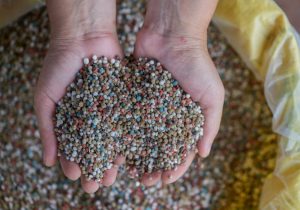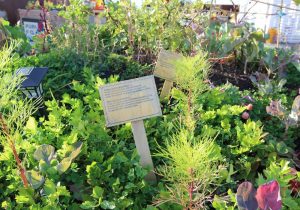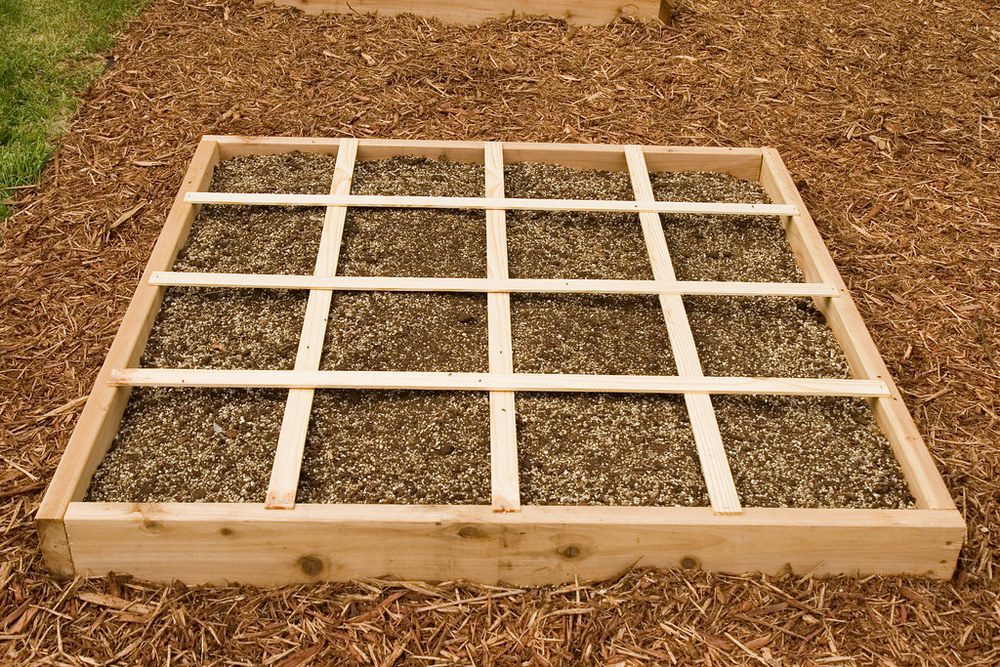
Square-foot gardening is a revolutionary way to cultivate plants in a small, organized space. This method maximizes yield and minimizes waste. It turns gardening into a neat and manageable affair.
By dividing raised beds into square-foot sections, gardeners can grow various plants with precision and care. This technique is a game-changer for those with limited space but a strong desire to garden. Below is our comprehensive guide on square-foot gardening.
Basics of Square-Foot Gardening
Contents
- 1 Basics of Square-Foot Gardening
- 2 Designing Your Square-Foot Garden
- 3 Soil and Plant Selection for Square-Foot Gardening
- 4 Planting Techniques in Square-Foot Gardening
- 5 Maintenance and Care in Square-Foot Gardening
- 6 Harvesting and Rotating Crops in Square-Foot Gardening
- 7 Common Problems in Square-Foot Gardening and How to Fix It
- 8 Square-Foot Gardening vs. Row Gardening
- 9 FAQ on Square-Foot Gardening Technique
- 9.1 What is square-foot gardening?
- 9.2 How does square-foot gardening save space?
- 9.3 Can I use square-foot gardening for any type of plant?
- 9.4 Do I need special soil for square-foot gardening?
- 9.5 How does row gardening differ from square-foot gardening?
- 9.6 Which method is better for beginners?
- 9.7 Can square-foot gardening be less expensive than row gardening?
- 9.8 Is square-foot gardening more environmentally friendly?
- 9.9 How do I rotate crops in square-foot gardening?
- 9.10 Can square-foot gardening improve accessibility?
- 10 Conclusion
Square-foot gardening is a streamlined and efficient way to garden. It organizes the growing space into small, manageable units. This method simplifies maintenance, conserves resources, and boosts productivity. Let’s delve into its core principles and advantages.
Square-foot gardening involves dividing a raised bed into one-foot squares. Each square is a distinct unit for planting a specific number of plants based on size. For instance, one square foot might host a single tomato plant or sixteen radishes. This systematic approach optimizes space and makes tending to plants easier.
Compared to conventional row gardening, square-foot gardening offers numerous benefits. It requires less effort and fewer resources. Gardeners deal with less weeding and watering. Also, since plants are closer together, there’s less room for weeds to grow. This technique promotes a healthier, more productive garden in a smaller area.
Designing Your Square-Foot Garden
Designing a square-foot garden calls for careful planning and consideration. The goal is to create a space that’s not only functional but also enjoyable to work in.
Planning the Layout
Begin by determining the size of your garden based on the space available and your needs. A common size for a square-foot garden is 4×4 feet. This allows for 16 squares without stepping into the bed, keeping the soil loose. Ensure your garden is in a location that receives ample sunlight and has easy access to water.
Choosing the Right Materials for Raised Beds
The materials you select for your raised beds are crucial. They need to be durable, safe for plants, and environmentally friendly. Here are some options:
- Untreated Cedar or Redwood: These woods naturally resist rot and pests. They don’t require chemical treatments, making them safe for plants and the environment.
- Composite Materials: Composites are made from recycled plastics and wood fibers. They are long-lasting and resist rotting. However, they can be more expensive.
- Concrete Blocks or Bricks: These materials offer durability and a unique aesthetic. They can also retain heat, benefiting plants in cooler climates.
- Galvanized Steel: Galvanized steel beds are sturdy and can withstand harsh weather. They give your garden a modern look.
- Recycled Materials: Upcycling materials like old pallets or barrels can be cost-effective and sustainable. Ensure they are safe for use with plants.
When constructing your beds, consider the depth. Six to twelve inches is typical for most plants. However, root vegetables may require more depth. Lining the bottom of the beds with landscape fabric or hardware cloth can prevent weeds and deter pests. With the right materials, your raised beds will be a strong foundation for your square-foot garden.
Soil and Plant Selection for Square-Foot Gardening
The success of square-foot gardening greatly depends on the soil and plants you choose. Both need to be matched carefully for optimal growth.
Soil Composition and Nutrients
A rich, well-draining soil mix is vital for square-foot gardening. A popular recipe is Mel’s Mix, named after Mel Bartholomew, the inventor of square-foot gardening. It comprises one-third of peat moss, vermiculite, and compost from multiple sources. This blend provides excellent drainage and a nutrient-rich environment for plants.
Selecting Plants for Each Square Foot
When choosing plants, consider their size and growth habits. Some plants need more room to grow, while others can be planted close together. Here’s a simple guideline:
- Large plants like tomatoes or cabbage need one whole square foot.
- Medium-sized plants like Swiss chard or basil can fit two per square.
- Small plants such as onions can be planted in groups of four to nine per square.
- For tiny plants like radishes, you can plant sixteen in a square foot.
By choosing the right soil and plants, your square-foot garden will be set up for a season of bountiful growth.
Planting Techniques in Square-Foot Gardening
Effective planting techniques are key to maximizing the potential of your square-foot garden. These methods ensure that every plant has the space and resources it needs to thrive.
Sowing Seeds
Plant seeds according to the spacing guidelines of square-foot gardening. Small seeds can be sprinkled on the soil surface and lightly covered. Larger seeds should be planted at the recommended depth. Always keep the soil moist until the seeds germinate.
Transplanting Seedlings
For plants started indoors or purchased as seedlings, transplant them carefully into your prepared squares. Dig a hole just big enough for the root ball, and firm the soil gently around the plant. Water immediately after transplanting to settle the soil.
Spacing Guidelines
Adhering to proper spacing is crucial. Refer to the general guidelines for how many plants per square foot based on their size. This ensures each plant has enough space, light, and nutrients to grow.
Vertical Gardening
In square-foot gardening, vertical supports can maximize space. Use trellises, cages, or stakes for tomatoes, peas, and cucumbers. This method keeps plants healthy and makes harvesting easier.
Succession Planting
To ensure a continuous harvest, use succession planting. As soon as one crop is harvested, plant another in its place. This technique keeps your garden productive throughout the season.
Companion Planting
Planting certain crops together can deter pests and enhance growth. For example, marigolds can repel pests, while basil might improve the taste of tomatoes. Research companion plants for your chosen crops.
Intercropping
This involves planting fast-growing crops in the same square as slow-growing ones. For instance, radishes can be harvested before the larger plants, like broccoli, take over the space.

Maintenance and Care in Square-Foot Gardening
Proper maintenance and care are essential for the health and productivity of your square-foot garden. Here’s how to keep your garden in top shape.
Watering Your Plants
Consistent watering is key in square-foot gardening. The close planting arrangement means moisture is quickly used up. Water your plants in the morning to reduce evaporation. Use a drip irrigation system or a watering can to target the roots directly.
Feeding Your Plants
Nutrients can get depleted quickly in a densely planted garden. Supplement your soil with compost or organic fertilizers. Apply them as needed, following the guidelines for the specific plants you’re growing.
Pest Control
Pests can be a challenge, but regular monitoring can help. Check your plants often for signs of damage. Use barriers or organic pesticides if necessary. Encourage beneficial insects by planting flowers that attract them.
Disease Prevention
Good airflow and proper spacing help prevent disease. Remove any diseased plants quickly to stop the spread. Rotate your crops each year to keep the soil healthy.
Harvesting and Rotating Crops in Square-Foot Gardening
Harvesting and rotating crops are vital practices in square-foot gardening. They ensure the longevity and productivity of your garden. Let’s explore the strategies to maximize your harvests and maintain soil health.
Effective Harvesting Techniques
Harvesting at the right time is crucial for taste and nutritional value. For leafy greens, harvest in the morning when they are crisp. For fruits like tomatoes and cucumbers, wait until they are ripe.
Use sharp scissors or pruners to avoid damaging plants. Regular harvesting encourages more production, especially in plants like beans and squash.
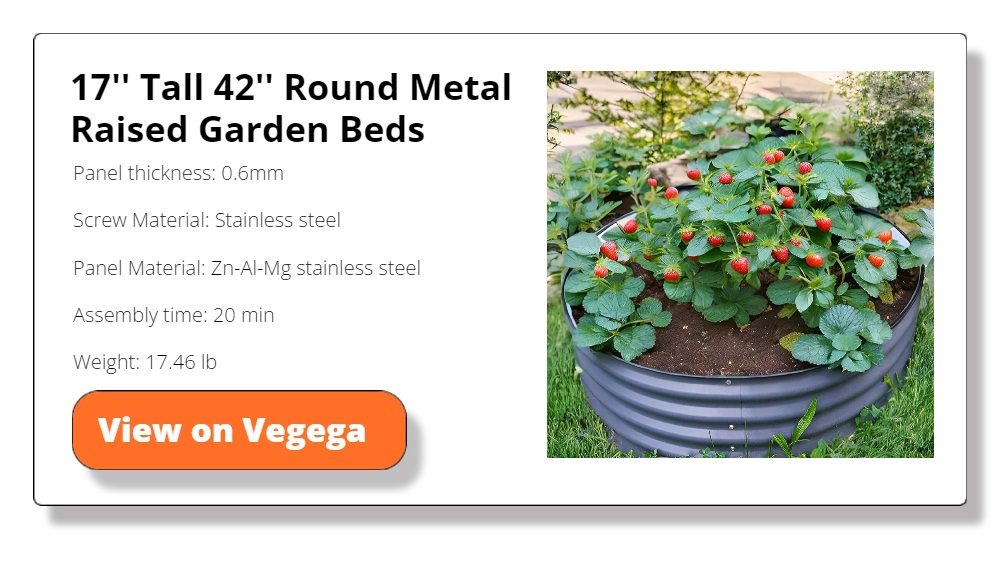
The Importance of Crop Rotation
Crop rotation is a practice as old as farming itself. It involves changing the types of crops grown in each square foot from season to season. This prevents soil depletion and reduces the build-up of pests and diseases associated with particular plant families.
For example, don’t plant tomatoes in the same square where they grew last year. Crop rotation keeps your soil healthy and fertile, essential in the intensive planting of square-foot gardening.
Planning Your Crop Rotation Schedule
Creating a crop rotation plan helps maintain a healthy garden. Divide your crops into categories like leafy greens, nightshades, legumes, and root vegetables. Each year, rotate these categories to different squares.
Keep a garden journal to track where each type has been planted. A journal makes planning easier and helps you avoid repeating patterns that could harm your garden.
Post-Harvest Care and Soil Preparation
After harvesting, it’s time to prepare for the next crop. Remove all plant debris to prevent disease. Add fresh compost to replenish nutrients. If a bed will be empty for a while, consider planting a cover crop like clover. It will protect and enrich the soil until you’re ready to plant again.
Common Problems in Square-Foot Gardening and How to Fix It
Even the most well-planned square-foot gardens can encounter issues. Recognizing and addressing these problems promptly can save your garden. Let’s explore some common challenges and their solutions.
Overcrowding
Overcrowding occurs when plants are placed too close together. This can lead to competition for light, water, and nutrients. Overcrowded plants often grow poorly and are more susceptible to diseases.
The Solutions
- Thinning Seedlings: Carefully thin out seedlings early in their growth. This may seem counterproductive, but it’s essential for the health of the remaining plants. Keep the strongest seedlings and remove the weaker ones.
- Proper Spacing Guidelines: Adhere strictly to square-foot gardening spacing guidelines. This ensures that each plant has enough room to grow without competing with its neighbors.
- Vertical Gardening: Utilize vertical space for vining plants like tomatoes, peas, and cucumbers. This opens up horizontal space and improves air circulation, reducing overcrowding risk.
- Pruning and Training: Regular pruning and training of plants can help manage their size and shape. This is especially important for vigorous growers that can quickly take over their allotted space.
- Selective Plant Choices: Choose dwarf or compact varieties of plants that are known to take up less space. These are often bred specifically for small gardens and containers.
- Succession Planting: Instead of planting all crops at once, stagger planting times. This ensures that not all plants are at their full size simultaneously, reducing competition for space.
- Replanting or Transplanting: If overcrowding still occurs, consider replanting or transplanting excess plants to another garden area or into containers. This gives all plants a better chance to thrive.
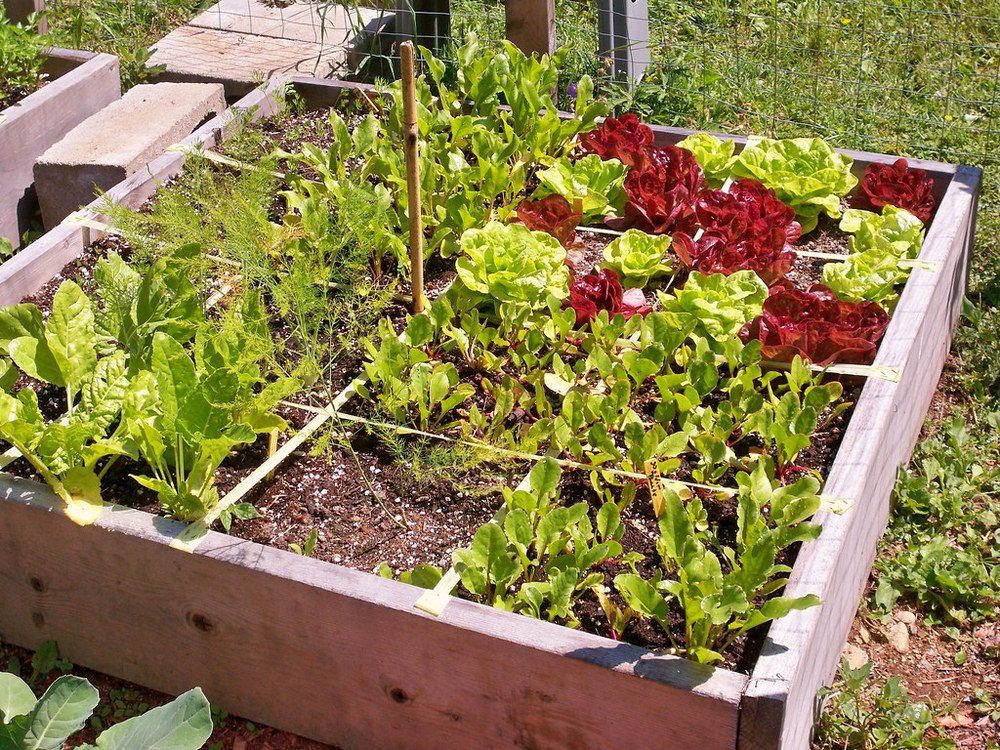
Inadequate Watering
Inadequate watering is a common issue in square-foot gardening due to the higher density of plants. Underwatering can stress plants, leading to poor growth and low yields, while overwatering can cause root rot and fungal diseases.
The Solutions:
- Consistent Watering Schedule: Establish a regular watering schedule. Plants typically require more water in the summer heat and less in cooler weather. Check the soil moisture regularly; it should be moist but not soggy.
- Mulching: Apply a layer of organic mulch, such as straw or wood chips, around your plants. Mulch helps retain soil moisture, reduces water evaporation, and keeps roots cool.
- Soil Amendments: Incorporate organic matter like compost or coco coir into your soil mix. These materials improve water retention and drainage, ensuring your plants get the right water.
- Drip Irrigation: Consider installing a drip irrigation system. It delivers water directly to the plant roots, minimizing waste and reducing the risk of leaf diseases caused by overhead watering.
- Self-Watering Containers: For gardeners who can’t water regularly, self-watering containers or raised beds can be a solution. These systems have a water reservoir that provides a steady moisture supply to the plants.
- Watering Deeply and Less Often: Instead of shallow, daily watering, water deeply and less frequently. This encourages plants to develop deeper root systems, making them more resilient to dry conditions.
- Grouping Plants with Similar Water Needs: Arrange your garden so that plants with similar water needs are together. This ensures that each plant gets the right amount of water without over or under-watering its neighbors.
- Monitoring Weather Conditions: Be mindful of the weather and adjust your watering accordingly. Hot, windy days will necessitate more frequent watering, while rainy periods may mean you can skip watering altogether.
Nutrient Deficiencies
Nutrient deficiencies can arise in square-foot gardening due to the intensive use of soil. Plants may display stunted growth, yellowing leaves, or poor yields if they lack essential nutrients.
The Solutions:
- Regular Soil Testing: Conduct soil tests to determine nutrient levels. This will help you understand what your garden is lacking and allow you to address specific deficiencies.
- Organic Amendments: Incorporate organic amendments like compost, worm castings, or well-rotted manure. These provide a broad spectrum of nutrients and improve soil structure.
- Balanced Fertilizers: Use balanced, slow-release organic fertilizers to provide a steady supply of nutrients. Choose formulations appropriate for the plants you’re growing.
- Foliar Feeding: Apply liquid fertilizers directly to the leaves for quick nutrient uptake. This can be an effective short-term solution for certain deficiencies.
- Crop Rotation: Practice crop rotation to prevent the depletion of specific nutrients. Different plants have varying nutrient needs, and rotating them helps maintain soil balance.
- Companion Planting: Some plants can enhance nutrient uptake for their neighbors. For instance, legumes fix nitrogen in the soil, benefiting surrounding plants.
- Mulching: Apply mulch around your plants. As it breaks down, it releases nutrients back into the soil and also helps retain moisture and suppress weeds.
- Green Manures: Plant green manures, like clover or rye, in the off-season. When dug into the soil, they decompose and enrich it with nutrients.
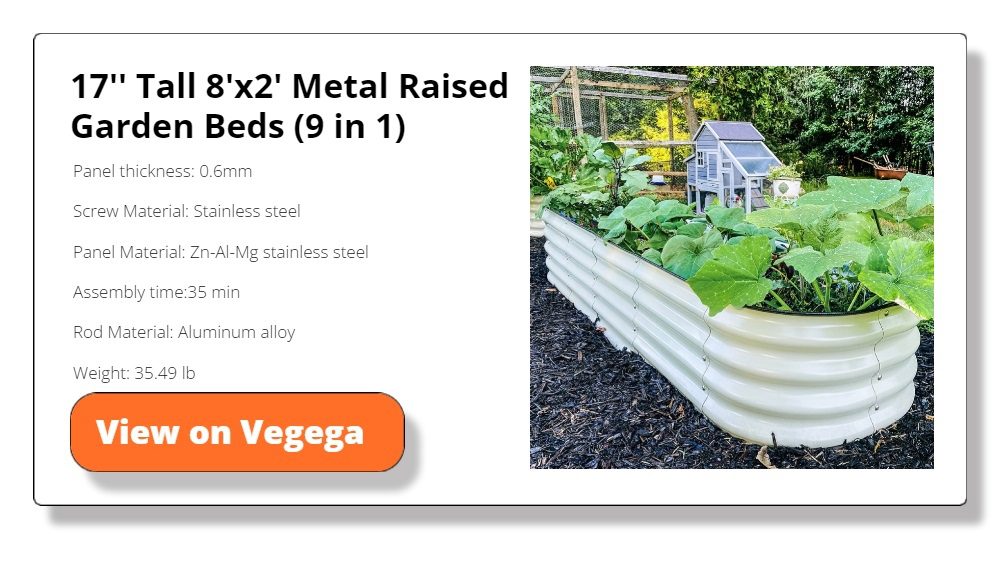
Pests and Diseases
Pests and diseases can quickly become an issue in the close quarters of a square-foot garden. Without proper management, they can spread rapidly and wreak havoc on your plants.
The Solutions:
- Regular Monitoring: Inspect your plants frequently for signs of pests or disease. Early detection is crucial for effective management.
- Organic Pesticides: Use organic pesticides sparingly and as a last resort. Neem oil is one example that protects your plants from various insects without harming them.
- Natural Predators: Encourage beneficial insects like ladybugs and lacewings, which feed on common pests. Plant flowers that attract them, like marigolds and calendula.
- Physical Barriers: Employ physical barriers such as row covers to protect plants from pests. These can be especially effective against flying insects and birds.
- Crop Rotation: Rotate crops yearly to prevent the buildup of soil-borne diseases and pests associated with specific plant families.
- Proper Spacing and Pruning: Ensure plants have adequate space and air circulation. This reduces the humidity, and many pests and diseases thrive.
- Healthy Soil: Maintain healthy soil with good drainage and ample organic matter. Strong plants are more resilient to pests and diseases.
- Cleanliness: Remove any diseased plants or fallen debris promptly. This prevents the spread of diseases and removes potential pest habitats.
- Companion Planting: Some plants can deter pests when planted next to vulnerable crops. For example, garlic can deter aphids when planted near roses.
Poor Germination Rates
Poor germination rates can be disheartening and reduce the productivity of your square-foot garden. Seeds may fail to sprout due to several factors, including old seeds, incorrect planting depth, or unfavorable conditions.
The Solutions:
- Fresh, High-Quality Seeds: Use fresh seeds and buy from reputable sources. Old or poor-quality seeds have lower germination rates.
- Proper Seed Storage: Store seeds in a cool, dry place. Humidity and heat can damage seeds and reduce their viability.
- Correct Planting Depth: Plant seeds at the right depth. Seeds planted too deeply might not reach the surface, while those too shallow may dry out or fail to germinate.
- Optimal Soil Temperature: Some seeds require specific temperature ranges to germinate. Use a soil thermometer and wait until the soil reaches the right temperature before planting.
- Consistent Moisture: Keep the soil consistently moist but not soggy. Seeds need moisture to germinate, but too much can cause them to rot.
- Pre-Sprouting: For seeds with longer germination times, consider pre-sprouting them indoors on a damp paper towel. Once they sprout, gently plant them in your garden.
- Soil Fertility: Ensure the soil is fertile and well-draining. Poor soil conditions can inhibit germination and seedling growth.
- Pest Control: Protect seeds from pests like birds and rodents, which might eat them before they can sprout. Use netting or row covers as needed.
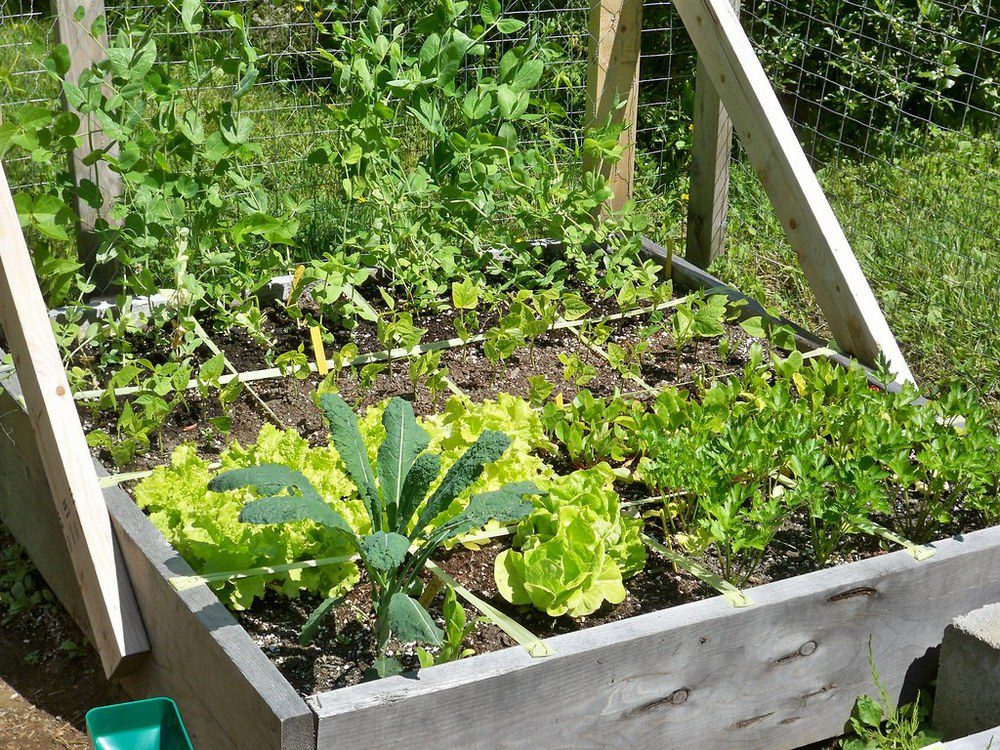
Square-Foot Gardening vs. Row Gardening
Square-foot and row gardening are popular plant cultivation methods, each with unique principles and benefits. While square-foot gardening emphasizes space efficiency and organization, row gardening is the traditional approach, focusing on planting in straight lines.
Both have merits and understanding the differences can help gardeners choose the best method for their needs and space.
Space Utilization
Square-Foot Gardening:
Square-foot gardening is a method designed to maximize productivity in a minimal space. It divides the growing area into small square sections, each measuring 1 foot by 1 foot. This precise segmentation allows for dense planting, reducing unused space and pathways. It’s ideal for small gardens, urban settings, or those looking to get the most yield per square foot.
Row Gardening:
Row gardening involves planting in straight lines, often with significant spacing between each row. This method requires more land due to the space allocated for pathways and row separation. It’s well-suited for large gardens or commercial farms where machinery access between rows is necessary.
Soil and Water Management
Square-Foot Gardening:
In square-foot gardening, the soil is typically a mix of peat moss, vermiculite, and compost, providing excellent drainage and aeration. The dense planting arrangement also helps retain soil moisture by reducing evaporation, requiring less frequent watering. However, due to the intensive use of the soil, it may need regular enrichment with compost or other organic matter.
Row Gardening:
Soil management in row gardening can vary widely but usually involves tilling the soil to prepare for planting. This method can be more prone to soil compaction in the paths between rows, affecting drainage and root growth. Water management can be more challenging, as the wider spacing may lead to uneven watering and more evaporation.
Ease of Maintenance
Square-Foot Gardening:
Maintenance in a square-foot garden is generally easier due to its organized structure. The dense planting method reduces weed growth by leaving little room for unwanted plants to establish.
Additionally, the raised beds commonly used in square-foot gardening are easier on the back, requiring less bending over. The clear division of sections simplifies tasks like planting, thinning, and harvesting.
Row Gardening:
In contrast, row gardening can demand more maintenance. The larger open spaces between rows can encourage weed growth, requiring more effort to control.
Tilling, a common practice in row gardening, can disrupt soil ecosystems and require more labor to prepare the beds each season. However, the wider spacing in row gardening can facilitate the use of machinery for tasks like planting, weeding, and harvesting in larger gardens.
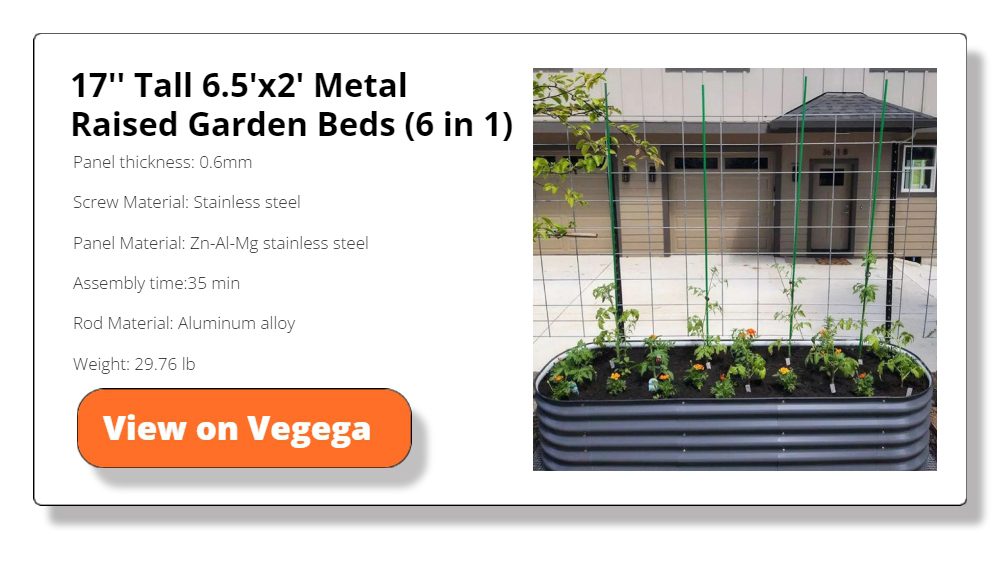
Crop Diversity and Rotation
Square-Foot Gardening:
The compartmentalized nature of square-foot gardening supports high crop diversity. Each square can host a different plant, allowing various crops in a small area. This diversity can reduce the risk of pests and diseases.
Additionally, crop rotation is straightforward in a square-foot garden. Gardeners can rotate crops in each square annually to prevent soil depletion and disrupt pest and disease cycles.
Row Gardening:
Row gardening can also support crop diversity and rotation, but it typically requires more space to do so effectively. Because each row is dedicated to a single crop, achieving the same diversity as square-foot gardening might mean expanding the garden’s overall size.
Crop rotation in row gardening involves changing the crops in each row yearly, which can help manage soil nutrients and pest populations.
Harvest Yield
Square-Foot Gardening:
Square-foot gardening is renowned for its high yield in a small space. The intensive planting method allows more plants per square foot, which can result in a substantial harvest from a modestly-sized garden. It’s particularly effective for producing a continuous supply of vegetables, as gardeners can replant squares when a crop is harvested.
Row Gardening:
Row gardening, while requiring more space, can also produce abundant yields, especially in larger plots. The wider spacing between plants allows for more robust growth in some cases, which can result in higher yields per plant. However, the overall yield per square foot might be lower than square-foot gardening due to the space allocated for paths and row spacing.
Accessibility and Ergonomics
Square-Foot Gardening:
Square-foot gardens are often built as raised beds, which can be designed at a comfortable height to reduce strain on the back and knees. This accessibility makes gardening more enjoyable and sustainable, especially for those with mobility issues. The clear organization of the garden also simplifies navigation and maintenance tasks.
Row Gardening:
Traditional row gardens are usually at ground level, which can require more bending and kneeling. This might be less comfortable for some gardeners, particularly over long periods. However, row gardening can be more accessible for those using machinery to till, plant, or harvest, as the wider spaces between rows accommodate equipment.
FAQ on Square-Foot Gardening Technique
What is square-foot gardening?
Square-foot gardening is a method of planning and organizing a raised garden bed into square-foot sections. Each section hosts a different plant, allowing for a diverse and high-yield garden in a small space.
How does square-foot gardening save space?
Square-foot gardening maximizes growing space by dividing the garden into small, densely planted squares. This reduces the need for paths and unused areas, making it ideal for small gardens.
Can I use square-foot gardening for any type of plant?
Square-foot gardening is versatile and can accommodate a wide range of plants. However, it’s particularly well-suited for small to medium-sized vegetables, herbs, and flowers.
Do I need special soil for square-foot gardening?
It’s recommended to use a mix of peat moss, vermiculite, and compost for square-foot gardening. This provides excellent drainage, aeration, and nutrients for the plants.
How does row gardening differ from square-foot gardening?
Row gardening involves planting in straight lines with space between rows. It’s a more traditional method suited for larger gardens and can accommodate machinery for maintenance.
Which method is better for beginners?
Square-foot gardening is often considered more beginner-friendly due to its simplicity, organization, and reduced maintenance. However, the best method depends on the individual’s space, goals, and preferences.
Can square-foot gardening be less expensive than row gardening?
Square-foot gardening can be less expensive regarding water usage, soil amendments, and seeds due to its efficient use of space. However, initial costs for building raised beds and soil mix may be higher.
Is square-foot gardening more environmentally friendly?
Square-foot gardening can be more environmentally friendly due to its efficient use of space, water, and resources. It also encourages biodiversity and reduces the need for pesticides.
How do I rotate crops in square-foot gardening?
Rotate crops by changing the type of plant in each square foot section annually. This helps prevent soil depletion and disrupts pest and disease cycles.
Can square-foot gardening improve accessibility?
Square-foot gardens are often built as raised beds, which can be more accessible for individuals with mobility issues or those who find bending and kneeling uncomfortable.
Conclusion
Square-foot gardening offers a modern, efficient approach to cultivating a diverse and productive garden in limited space. By understanding the principles and techniques unique to this method, gardeners can maximize their harvest and enjoy the rewards of their labor.
Whether an urban dweller with a small balcony or a suburban resident with a modest backyard, square-foot gardening provides a structured, accessible, and high-yield solution for growing your produce. Embrace the simplicity and effectiveness of square-foot gardening, and watch your garden flourish square by square.




